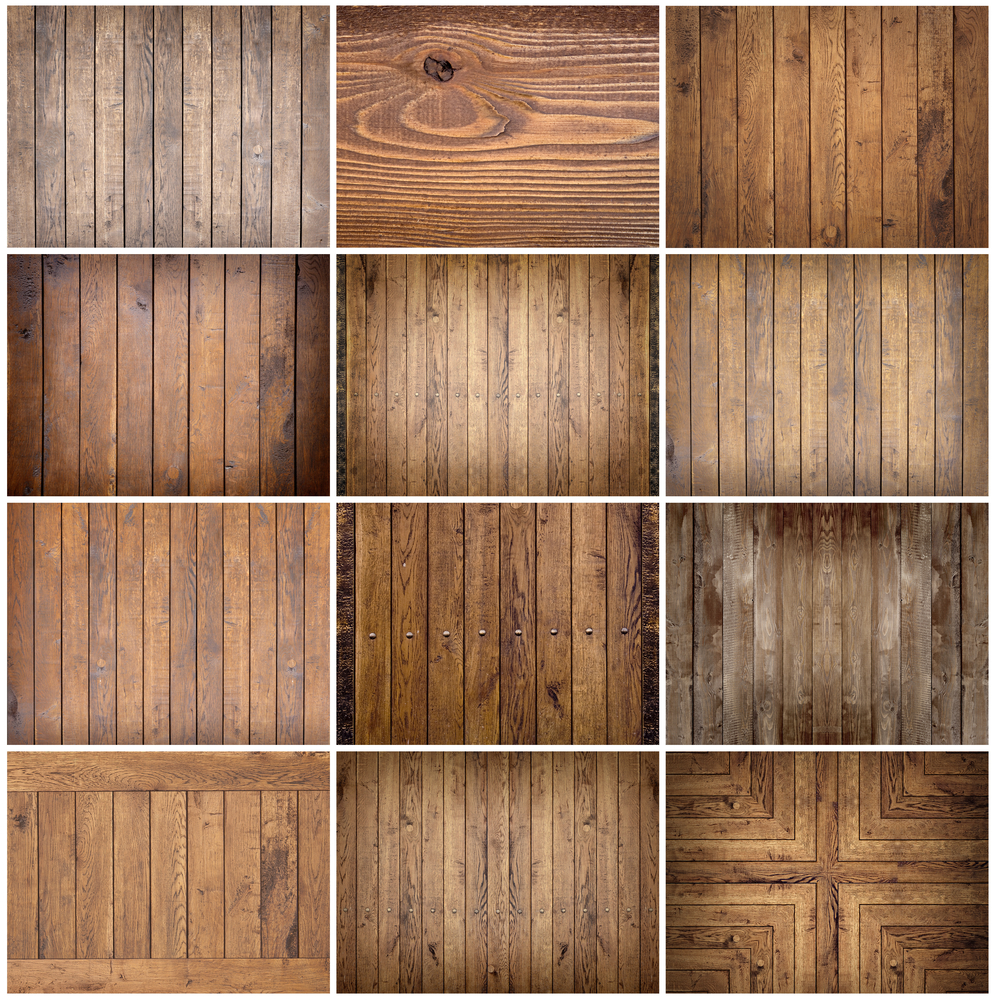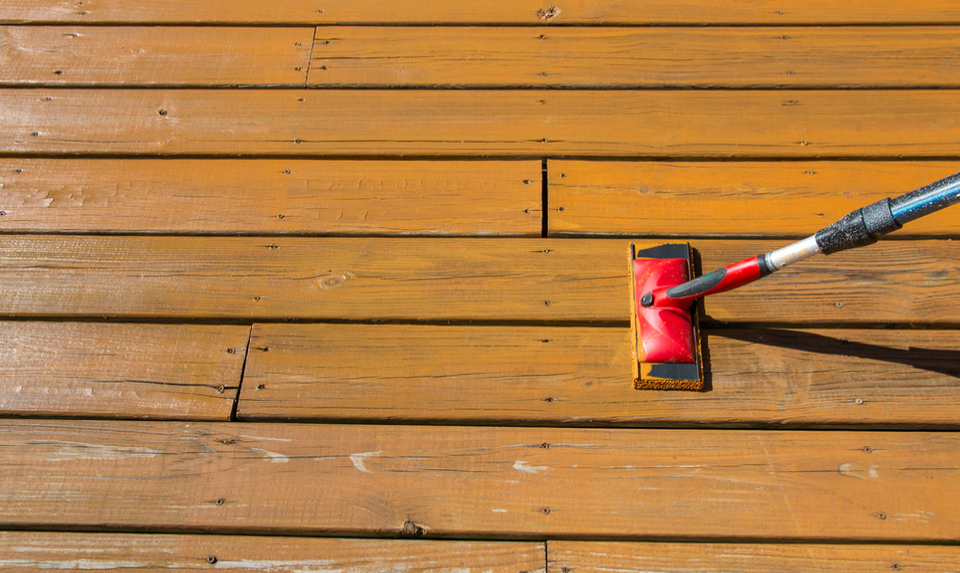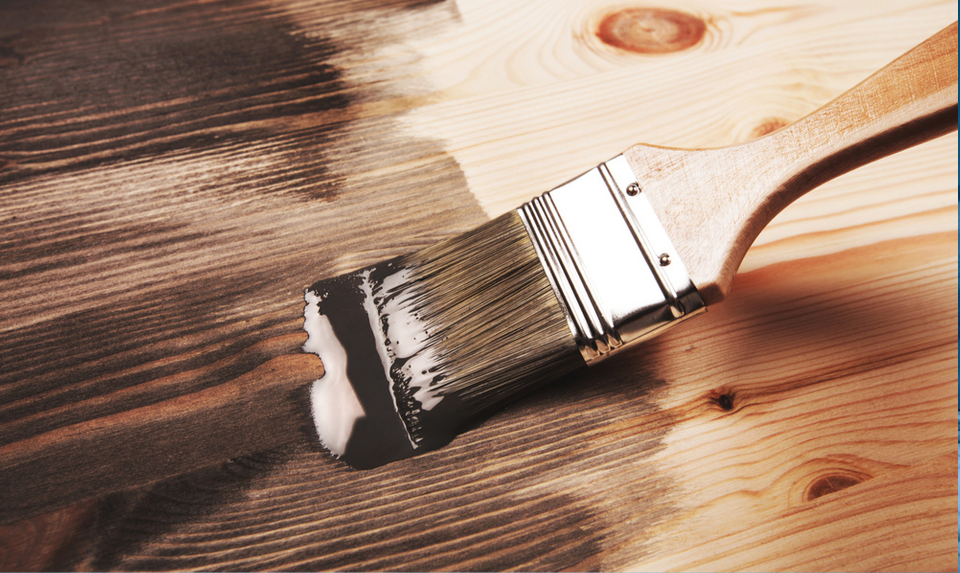As it ages, hardwood flooring may get scratched and dull. But not like other types of flooring, hardwood flooring can make a comeback. All you need to do is refinish it.
Hardwood flooring can take 10 to 12 sanding and refinishing jobs in its lifetime. Engineered wood flooring can be refinished once or twice, depending on the thickness of the hardwood.
Wood Floor Restoration

When you refinish a floor, it’s either sanding or screening a floor to get rid of the scratched and dull finish. Then re-coat the floor with fresh layers of finish to renew the floor’s luster so it looks new.
Restoring a Hardwood Floor
When you restore a floor, you are fixing a damaged floor. The damage can be from pet stains, water stains, or renovations from electrical, heating, or plumbing jobs, or even fire damage.
So, what’s the difference? Wood floor restoration needs someone who knows the floor and is knowledgable how to repair it. Refinishing is more about using the correct tools and completing the work correctly. Only a small percentage of individuals can restore a damaged floor – while a larger number of individuals with the right aptitude knows how to refinish a floor.
A word of advice for DIYers: You’ll save money by doing your own wood floor refinishing, but errors show up big time. The main challenge is properly using a drum sander — a piece of heavy type of equipment you get from a tool rental store. Properly used, it’s a marvel. But stay too long in one spot and you’ll create a divot that will stare back at you for years.
DIY Floor Refinishing
Hardwood floor refinishing is dusty and noisy. Always wear a reliable dust mask or respirator, goggles, and ear protection. Close doorways off, doorways with plastic sheeting and turn off forced-air HVAC to keep dust from flying throughout your house.
There are two points of refinishing hardwood floors.
Buffing is the simplest. If wear and scratches are only on the surface finish and the wood underneath is in shape, you can refurnish the topcoat by buffing, this process is also called screening.
You’ll need to rent a floor buffer with a series of screen grits to recreate the luster to your floor’s topcoat. A buffing tool is much less powerful than a drum sander and easier to use. Sweep and vacuum up dust between each grit.
Know that hardwood floors that have been waxed or cleaned with oil soap can’t be buffed but you need to remove any residue first. Or else, you’ll get a blotchy finish. Use mineral spirits or a wax remover to remove any old wax or oil soap before starting.
Sanding and refinishing hardwood floors provides you the chance to restore old, damaged flooring. It also gives you the chance to replace the color of your hardwood flooring with stains.
Rent a drum sander and a progression of grits — 40 grit, 60 grit, and wrap up with 100-grit. Eliminate baseboards. While sanding, make sure to keep the sander operating to prevent gouging the flooring. You won’t be able to get too close to the walls, so remove the remaining finish along the sides with a hand-held orbital sander.
Once you’ve sanded down to bare wood, fill any cracks with a wood filler with the same color. Apply the stain and allow to dry thoroughly before adding two to three coats of finish.

Call in the Pro
Many professional floor refinishers use tools with heavy-duty dust removal functions that help keep your house from getting messed up. Pro screening costs about $1 to $3 per square foot, depending on how complex. A complete sanding, however, staining and refinishing runs $2 to $4 per square foot.

Hello! I’m Tom Redding in Phoenix, AZ and I’m a Storm Damage Restoration Specialist. I originally bought this domain to discuss vegan recipes and vegan lifestyle related tips. However, my restoration business has taken off so well of late that it makes more sense to mainly blog about storm damage restoration related topics. Never fear, though – this will be done with the occasional vegan twist! My wife Susie and I have 4 beautiful kids, 2 dogs and (as of this week) 3 cats.


